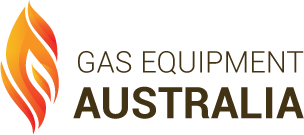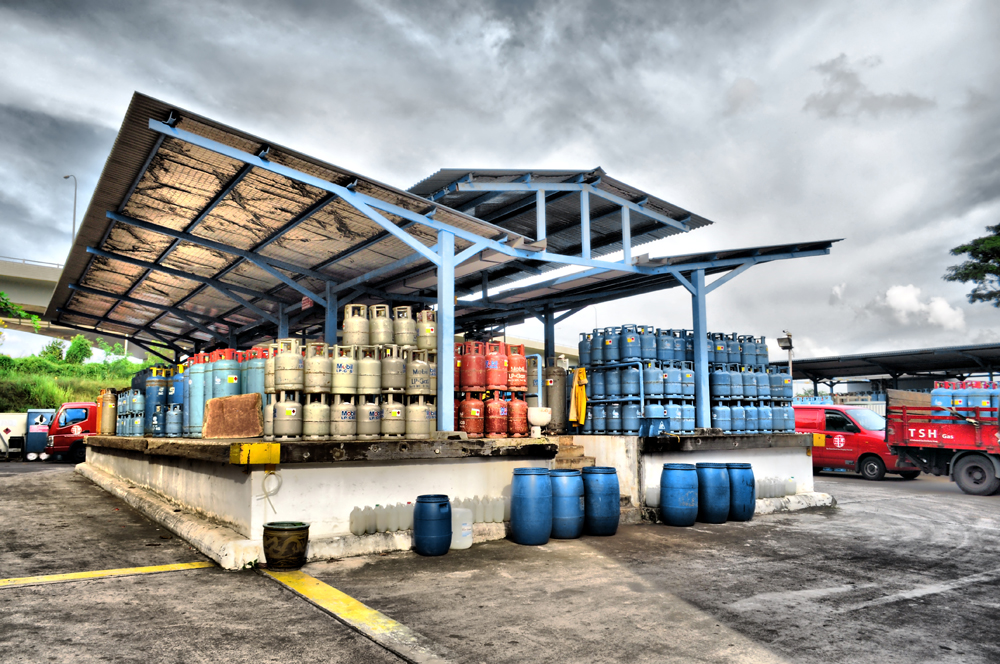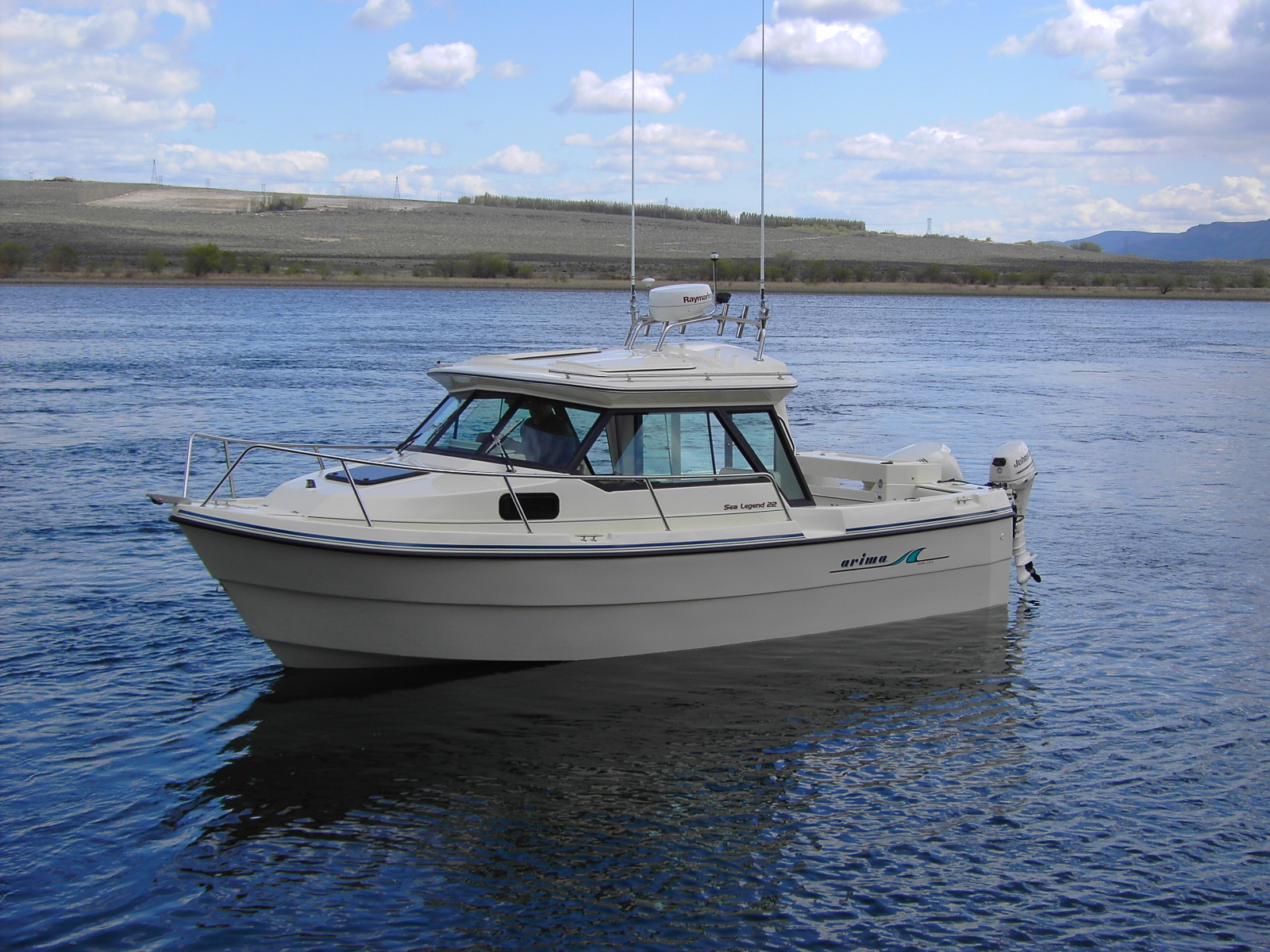A Step-by-Step Guide to set up correct a LP Gas installation
When setting up a LP Gas installation with cylinders and regulators there are a lot of things that can go wrong.
A certified plumber or gas fitter is usually aware of dangers and would avoid the following bad installations.
The LP Gas installations below are bad examples and should not be copied. These pictures should be an example of how NOT to install, set up or use them.
Always make sure you get a certified plumber or gas fitter involved.








